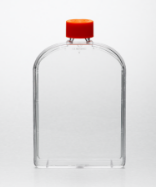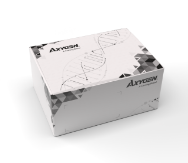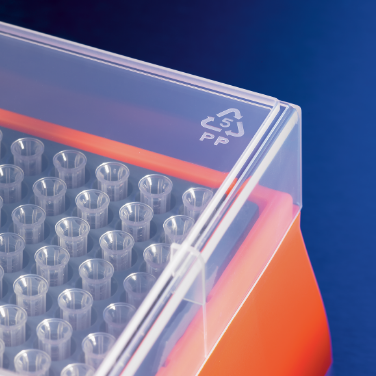Sustainable Solutions Offer Labs a Greener Choice
To protect the environment and reduce the effects of climate change, many scientists have a strong desire to find sustainable solutions for lab equipment and supplies.
This goal can seem at odds with the daily reality of biomedical research: waste bins are often full of single-use gloves, tips, petri plates, and flasks that need to be autoclaved before they're incinerated or buried. One study from the University of Exeter estimated that 280 scientists could generate approximately 294 tons of plastic waste in a single year.
When you add in the electricity needs of freezers and incubators, it's no wonder labs consume five to 10 times more energy per square foot than office buildings. Using sustainable lab equipment and adopting greener laboratory practices—such as removing built-up ice, closing the fume hood, and planning ahead—can make a real difference.
Single-use products made from virgin plastic provide sterility and unmatched consistency for cell culture and are essential for applications like high-throughput screening. However, they are unlikely to become a sustainable option anytime soon. That said, gradual steps can reduce a lab's environmental impact without compromising the quality of its work.
Finding Greener Options for the Lab
The Fisher Scientific Greener Choice program helps scientists find lab products that best align with their sustainability goals. To earn the Greener Choice designation, a product must align with the U.S. Federal Trade Commission’s Green Guides and be environmentally preferable to other products in the same category.

Axygen product cartons were recently redesigned to include recycling-friendly materials.
Over 2,000 Corning products have earned the Greener Choice designation, including 275 microplates and 165 flasks, plus pipets, pipettors, filters, microcarriers, and more. Some of these products were specifically designed for sustainability, such as the Corning™ T-75 U-Shaped Canted Neck Cell Culture Flask. Featuring a rounded curve instead of the sharp angular shoulders of a traditional T-flask, this new design improves usability and uses 23 percent less plastic.
Corning is committed to designing sustainable products, which means considering the environmental impact at each step of the product life cycle—manufacturing, shipping, customer use, and end of life. For some containers or cell culture vessels, it's possible to use thinner walls or modify the design to use less plastic. In other cases, improved sustainability can be achieved during the manufacturing process. Compared to similar products, Corning microcavity vessels require fewer molds, processes, and equipment during manufacturing. As an added benefit, the vessels can be used to grow a much higher density of cell culture spheroids in the same traditional microplate footprint.
Process Intensification: Scaling up for Sustainability
During research and development, it's challenging to find efficiencies, but there are more opportunities as projects move toward the production phase. The key is process intensification. For cell culture, this means growing more cells in the same footprint.
Much of the plastic that makes up a traditional cell culture flask is used to protect the cells from the outside world, and only a small fraction is required for the growth surface. Through thoughtful engineering, the area available for adherent cell growth can be dramatically increased while maintaining or improving gas exchange. This can greatly reduce the amount of plastic used per unit of cells produced. Depending on the cell culture system itself, there may also be a reduction in media required per unit of cells, and improved cell growth.
Holistic Solutions for a Sustainable Future

Axygen product cartons were recently redesigned to include recycling-friendly materials.
Sustainable solutions do not stop at product design—they also consider the impact of product packaging. In 2021, the Corning Life Sciences plant in Wujiang, China, started using new shipping boxes that are strong, lightweight, and come from responsibly managed forests. Axygen™ brand products were recently redesigned with recycling in mind, too. The cartons now feature 100 percent unbleached natural corrugate, a recyclable aqueous coating, and less ink than the previous design (the ink is now plant based). All upgraded product packaging is planned to be in place by the end of 2024.
Corning's focus on sustainability has also led to new offerings. For instance, pipet tip racks and lids are designed to be refilled with bulk tips and autoclaved for sterile reuse. When the tip boxes have reached the end of their life, they can be recycled at no cost through Corning's Packaging Takeback Program. The program also accepts Styrofoam racks used for 15- and 50-mL centrifuge tubes, as well as bags and peelable film made from #2 and #4 plastic. The program accepts packaging and not actual products because the products may have been used with biohazardous materials, liquids, radioactive waste, or other regulated waste.
In addition to efforts that impact the lab, Corning has been named an ENERGY STAR Partner of the Year by the U.S. Environmental Protection Agency for the tenth consecutive year. This continued commitment to efficiency includes increasing the percentage of energy obtained from renewable sources and reducing energy intensity, ultimately using less energy to produce the same product.
To learn more about these efforts, contact your Corning or Fisher Scientific sales representative.
Visit fishersci.com/corning to start shopping.

